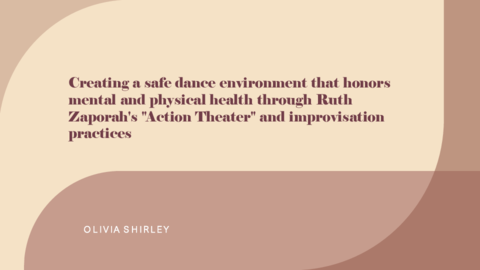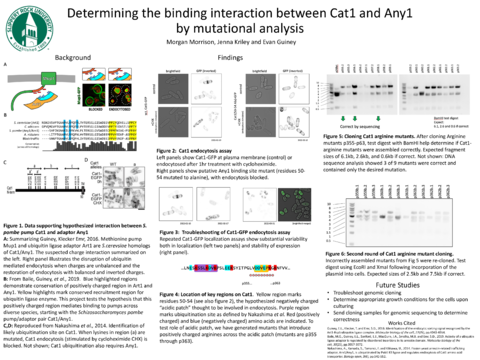Abstract
Recent research indicates that social and digital technologies, such as memes, have profound effects on emotion regulation processes (e.g., Wadley et al., 2020) and further indicates that internet memes have the ability to regulate emotion in clinically depressed populations (Akram et al., 2020). Such research largely suggests that by looking at internet memes, people may modify or change their emotional experiences. Unfortunately, missing from this body of literature is an understanding of whether or not viewing memes can influence emotion regulation processes in the general population, and if these effects apply to emotion variables other than depression. To fill this gap, the current study employs an experimental design to understand if memes regulate emotion.  This presentation discusses the results of a 2 (Emotion Type: anxiety, control) x 3 (Meme Type: anxiety, humor, control) between-group experimental design in which the effects of viewing memes on anxiety were examined. 108 people were recruited from Amazon M-Turk. Results revealed an interaction between emotion condition and meme condition that approached significance (F = 2.11, p = .13); those in the anxiety condition experienced the lowest levels of anxiety when they viewed control memes. Those in the control emotion condition experienced the highest levels of anxiety when they viewed control memes. Results will be discussed in light of mechanisms explaining the processes by which viewing memes impact emotion regulation.  References  Akram, U., Drabble, J., Cau, G., Hershaw, F., Rajenthran, A., Lowe, M., ... & Ellis, J. G. (2020). Exploratory study on the role of emotion regulation in perceived valence, humour, and beneficial use of depressive internet memes in depression. Nature, 10(1), 1-8.Wadley, G., Smith, W., Koval, P., & Gross, J. J. (2020). Digital Emotion Regulation. Current Directions in Psychological Science, 29(4), 412-418.
























